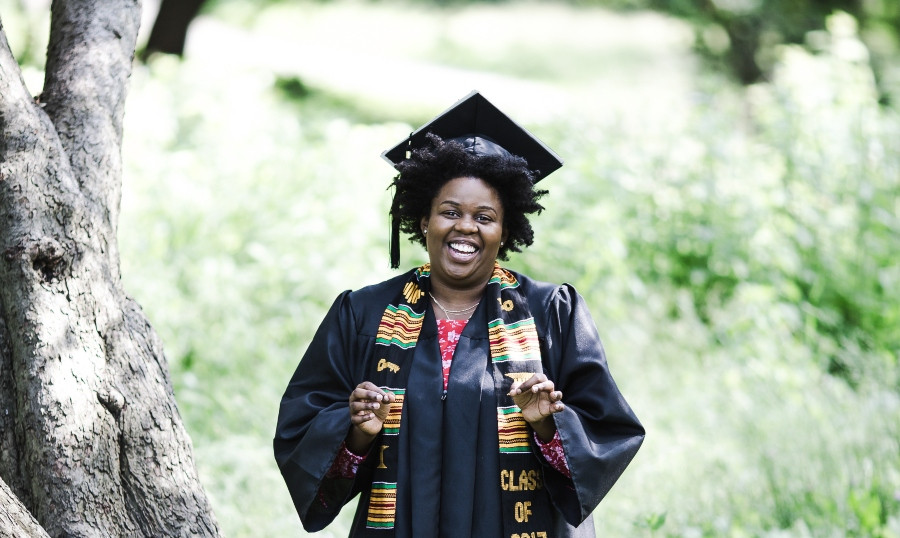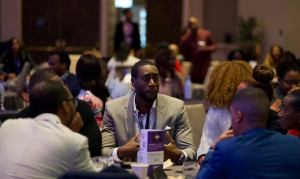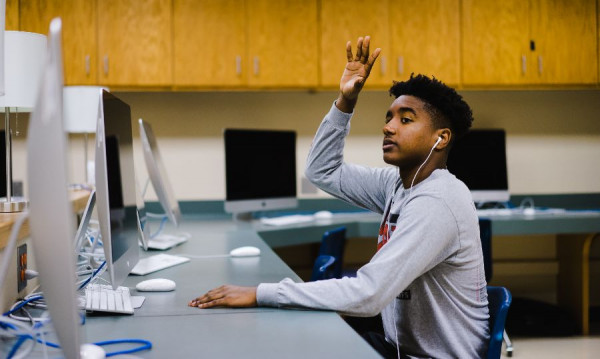“People of African descent have been in the West for centuries and have extensively documented their experiences, however, the curriculum in the last 200 years has minimized our voices,” explains Cheryl Thompson, a professor at the Creative School of Ryerson University and a member of the working group that created the minor. “This minor will explore the rich history that has been ignored for years.”
The decision to introduce a curriculum for Black Studies came at the heels of vocal students who wanted more done. A 2019 report released by Ryerson University titled “The Anti-Black Racism Campus Climate Review” identified the need for this curriculum. The report may have played a pivotal role in getting the university to launch the new minor in Black Studies.
According to Melanie Knight, president of the Black Canadian Studies Association, and one of the members of the working group, the objective of the minor is two-fold. The first is to fill a major gap in the curriculum and focus on content that speaks to the rich cultural history of Black people as well as their oppression. The second objective is to respond to a growing need by students.
Many diversified student bodies are raising concerns about the lack of representation. Some of their questions include:
- Why is only one story being told?
- Why is only one perspective being discussed?
The minor was introduced to answer this question. Before its inception, the curriculum was mapped with every single course in the university across multiple faculties – to discuss issues around people of African descent.
There have been similar attempts across the country in introducing a program for a major or minor in Black Studies, mostly housed in one department.
“What makes this program unique is that it's truly interdisciplinary,” says Professor Thompson. “It's not just housed in one department. It's spread across three different faculties with a range of programs offering an interdisciplinary lens for Black Studies.”
Professor Thompson strongly believes that now is the right time to start the minor studies because there are more Black Canadian scholars today than when she was a student and there were very few Black professors at the university she went to. She sees this as a power move that allows students to choose courses related to the Black experience.
“Now that we have Black Studies and courses in a minor have to be taught, they have to be available as part of the minor,” she says.
The minor explores several regions including Canada, the United States, the Caribbean, and the African continent as a whole. The courses explore the history of Black thought across the geographical space as well as their historical and contemporary influence.
The minor will feature various courses including:
- Caribbean courses
- Courses on Africa and its history
- Decolonizing design culture
- African business environment
- Sociology
- Criminology
- Fashion
- Interior design
- Geography
- Journalism
- Global management
- English
- Anti-Black racism
- Black resistance to oppression and exploitation
- Political strategies and community-based mobilization tactics employed to counter systemic and institutionalized oppressions
To achieve this minor, one needs to take a minimum of three and a maximum of five courses. Students are free to choose as they want.
“This is an attempt to connect with Black thinkers, Black ideas, and Black issues, an approach that is a very different experience than just taking one course over your four-year degree,” explains Professor Thompson.
Discussing the relevance of Black Studies, Professor Thompson paraphrases a quote by Marcus Garvey...
“Your world becomes different when you know yourself. You gain a sense of what your ancestors have been through legitimately, you gain a sense of their triumph and resistance. You become confident in a way that is hard to replicate elsewhere.”
“We like to celebrate diversity but we don’t stop to think that our classes with diverse students mostly teach from a Eurocentric framework. In my opinion, those Black and racialized students are actually getting miseducation,” Professor Thompson argues. “They don’t have the tools to understand who they are and the world they live in, instead, they're only getting one point of view.”
Black people have to cope with a lot of pressure yet there is not much open conversation about that, which adds to the stress that students experience daily.
As a graduate student, Professor Thompson recalls all her attempts to bring in Black thought being dismissed. Other students were resistant to having those conversations.
“They claimed my opinions were not important enough and not worth hearing about, even though they had relevancy,” Thompson says.
Professor Thompson believes that Black students at the undergraduate and graduate-level experience are being shut down, not just by professors but their peers.
“I think that most students are unaware that they’re shutting their Black peers down because it makes them feel uncomfortable,” she argues. “Many non-white graduate students feel as if they are managing white comfort and I believe this is unjustified because you're paying the same as every other student.”
White students also have much to gain by completing a minor in Black Studies. The curriculum can provide them with a much broader sense of the world and challenge how they see it.
“The university is quite diversified and these courses are open to anyone,” says Knight. As someone who teaches the course in this area, most of my students are very enthused, committed, and don’t necessarily identify as Black students which means the initiative is popular with students of all races.”
At this stage, it is too early to discuss the chances of growing the minor into a major course at the university, however, Professor Thompson holds out hope.
“Never say never. The fact that we were able to do this is an indication that everything is possible,” Thompson says.
Still, the implementation of minor studies had its fair share of challenges.
“We tried to contact various teachers across the university. Most Black or equity-focused courses happen to be in the arts and humanities but there’s much work left to be done in introducing equity and race in sciences and engineering,” says Professor Thompson.
In her opinion, it can be very challenging to approach some faculty members and ask them to suggest more Black teachers or create a course that is related to Black studies.
“Many non-Black teachers don't read Black studies and Black scholarship so, in their world, it doesn't exist because they never read it,” offers Thompson. “This is a difficult conversation to have if they don't think the material is relevant to their field.”
Knight emphasizes the importance of monitoring the curriculum challenges.
“We have to keep an eye on it from the get-go which requires experience because these curricular structures are very complicated. There is no point in introducing this course if no one can access it,” explains Knight.
“Knowing Black history will help you become a more well-rounded person and may also help you professionally because you’ll know things that most people won’t know,” suggests Thompson.
While teaching a Black Canadian studies course at the University of Toronto to a diverse student body for four years, a former white student told her about her experiences working for a tourism company that plans multi-stop trips.
“One of the trips was to Nova Scotia and the company wanted to know if any sites were commemorating the history of slavery or Black settlement,” Thompson recalls. “The student was the only person in the office who knew the history of Africville, including the Black loyalists who settled in Nova Scotia because they had studied my course.”
For Knight, studying this minor can ensure students have a holistic understanding of the world that helps them to work ethically within the community to create policies that are relevant to citizens.
“I think every discipline and practice should have Black Studies, so why not have it?” asks Knight.
“Our goal from the very beginning was to give students the ability to take the minor within their own programs and continue to provide us with feedback on how we can add more. This is just the beginning for instructors and professors alike,” Knight says, she is hopeful the course curriculum will continue to grow.

 By
By 






